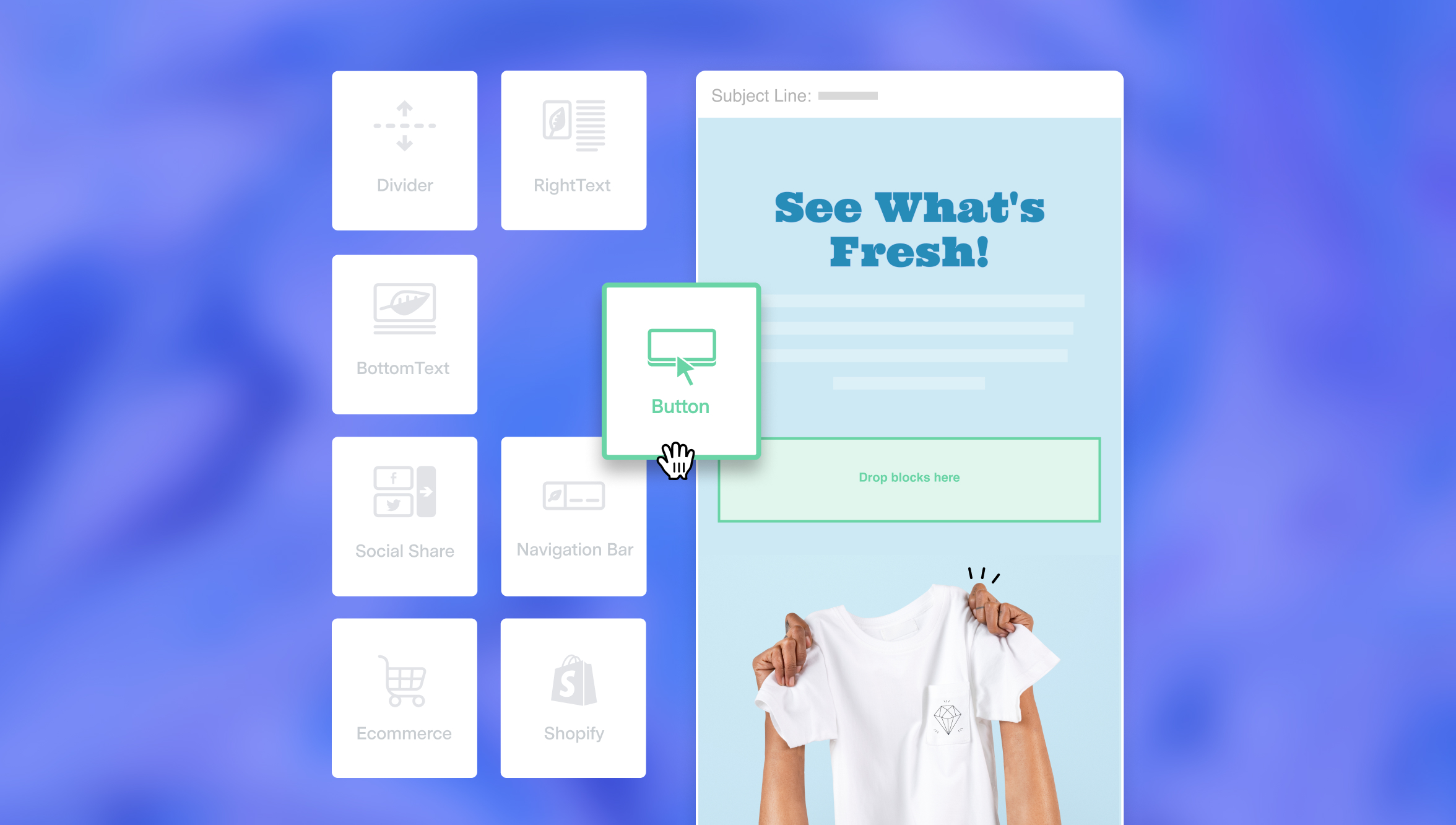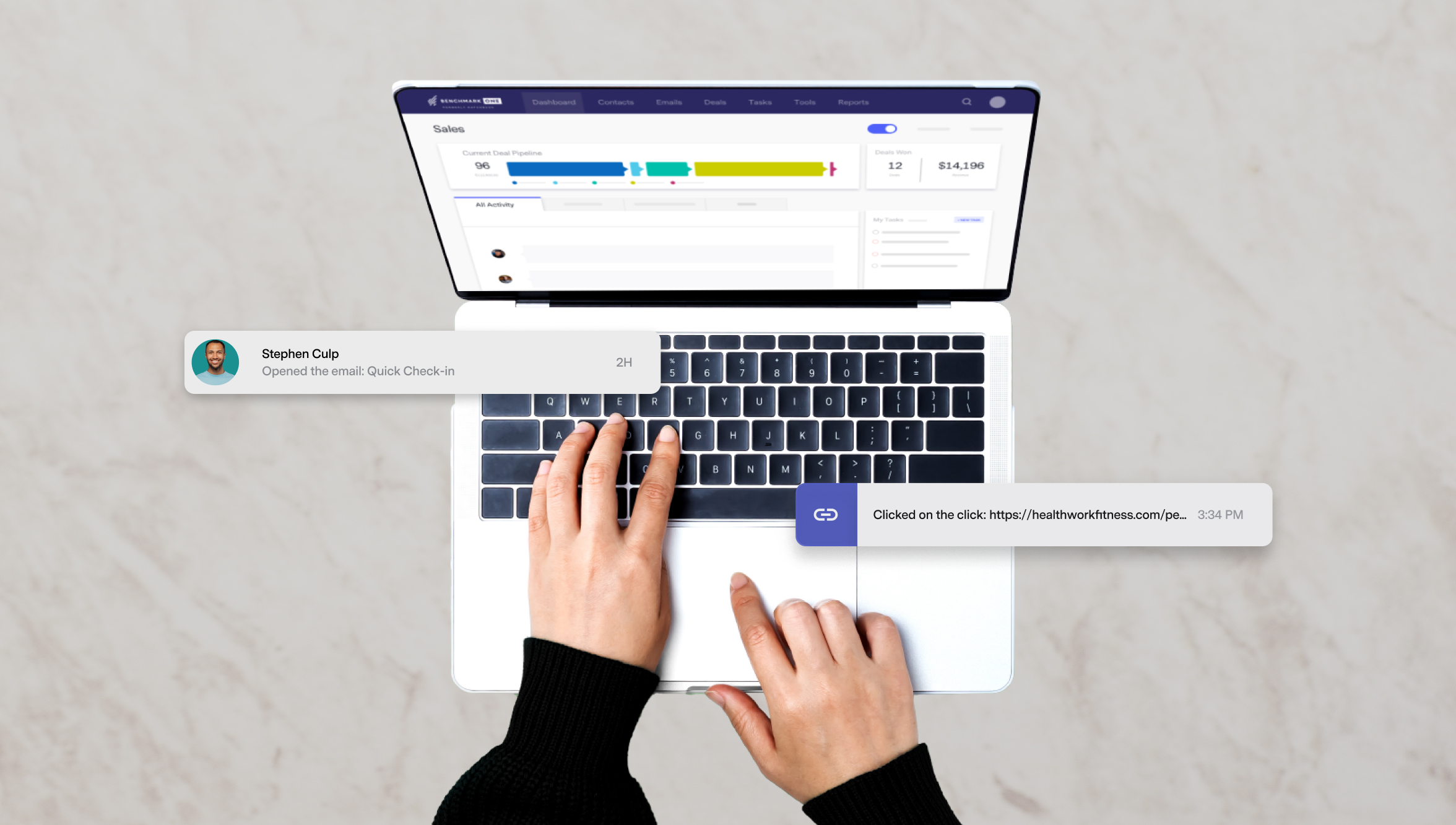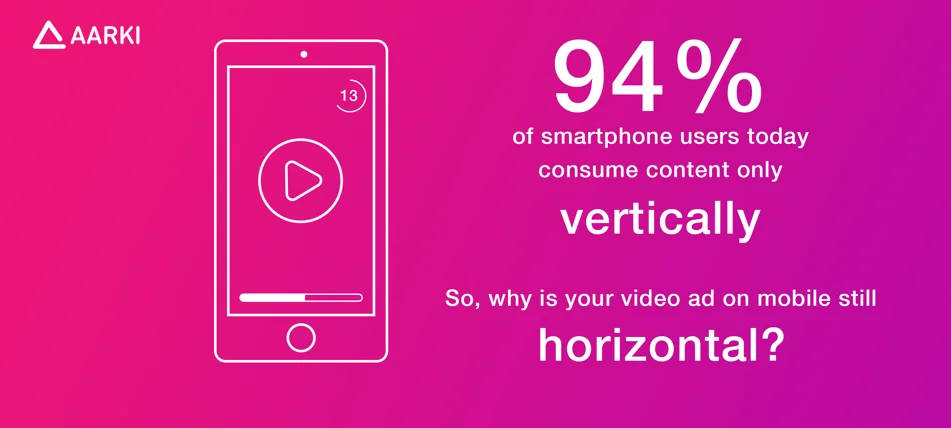
Among the marketing trends through the years, vertical content doesn’t receive the recognition it deserves.
You’d think that, because of the popularity and usage of mobile devices, marketers would be all over how people can leverage vertical content in their overall marketing strategy. Unfortunately, that’s not the case, as this content type continues to fly under the radar of most brands.
Thankfully for you, this post tackles everything you must know about vertical content, its importance, and how you can observe and implement it in your upcoming social media campaign.
What is Vertical Content?
Vertical content is a media type consumed vertically on the screen. It is unlike horizontal content that is seen on desktop computers and television.
This content type is a natural progression that stems from the growing popularity of mobile devices. Because more people are using smartphones, which generally have a vertical orientation, they are now browsing content online using the default vertical orientation of mobile devices.
As a result, apps and websites are highly encouraged to adopt a mobile-friendly design. It provides mobile users with a more seamless user experience, which makes sense since there are more smartphone users now than ever before.
Snapchat is one of the first platforms that leveraged vertical content with Stories. It allows you to take a photo or video from your phone vertically and upload it to your feed.
Since then, other social platforms have jumped ship to vertical content. TikTok and Instagram are currently two of the most popular social media platforms that feature mostly vertical content from their user feeds.
Why is Vertical Content Important?
The paradigm shift from the traditional horizontal content to a vertical one is crucial for brands and businesses. They have to rethink and align their strategy according to consumer trends. This means formatting their visual content, like images and videos, to support vertical viewing to achieve their business goals, whether you want to increase online visibility for businesses or boost sales via multichannel retailing for eCommerce.
This may seem small to some, but vertical content could make or break a brand’s content strategy if done incorrectly.
For instance, you would think that people can simply flip their phones sideways to reorient the content to its correct position. But that’s not the case—an overwhelming majority prefer holding their smartphones vertically regardless of the content’s orientation.
So, if a brand has horizontal content, they must figure out a way to convert them vertically. That means it could compromise the content quality by changing the size of the image or video.
But instead of recreating horizontal content into its vertical version, brands are better off creating new vertical content from scratch.
It is also in line with how most consumers prefer short-form content. In fact, videos with an average length of 26 seconds receive the most comments on Instagram.
How to Implement Vertical Content the Right Way
Uploading your vertical content on your chosen social platforms is just half the battle. The other half depends on the kind of social media workflow and strategy you develop and what you want to achieve from your campaigns.
Below are tips and advice you must take heed to ensure the success of your vertical content plan.
Take Note of the Correct Vertical Dimensions
Not all vertical content is the same. Each social platform has a specific dimension that you must follow to show your content correctly.
Below are the current dimensions of the videos and images you should upload on the following platforms:
- Facebook and Instagram feeds – 4:5 aspect ratio or 1:1
- Facebook and Instagram Stories – 9:16 full-screen video or 4:5
- Video carousel format – 1:1 aspect ratios
- TikTok videos – 1080×1920px
In this case, you can’t upload a 1:1 video on TikTok or Instagram Stories and expect it to show properly.
Also, while the 4:5 and 9:16 aspect ratios are similar, take note that they’re still not the same. So, if you upload a video with a 4:5 aspect ratio on Instagram Stories, the video would still appear, but there’s a blank section on top and the bottom of the screen.
Again, little things like this matter if you want to position your brand to compete with the best ones in your market.
Make an Impression Immediately
It is known that it takes two seconds for users to decide what they wish to do with your content. If they don’t like what they see, they’ll skip it and move on. But if they see something they like, they will engage by sharing or commenting on it.
generate the best ROI from the content you create and publish. The more engagement you receive from your posts, the more the social media’s algorithm will show people will see them on their feeds if they aren’t subscribed to you yet.
Just as fast as the average social media user’s attention span is, your content needs to keep up with it as well. Even if you’re creating how-to videos, make sure that they are exciting and snappy from the get-go. Ensure that there’s no dull moment in your vertical content that could cause people to the next channel.
Add Captions to Your Videos
You want to be as inclusive as possible with the content you publish. Regarding all your videos on social media, it’s best to add closed captioning on each one. This allows for people who are differently-abled to enjoy the content the way it should be enjoyed.
Also, captions provide a much better user experience regardless. For example, people who have their phones silenced won’t enjoy your vertical content on various platforms if they don’t have closed captioning. And they probably can’t turn on the sound for various reasons.
Create Content for Each Platform
It’s common among brands to publish the same content type across different social channels. Implementing this approach via marketing automation helps save time while generating greater results in the process. This may work to a certain extent, but it won’t yield you the results you want from your campaign.
To successfully launch a social media campaign using your vertical content, you must publish images and videos that resonate with your audience on that particular platform.
For instance, TikTok is known for its short and quick videos. Publishing long-form content that spans minutes may get you many views from Facebook or YouTube, but not on TikTok, where the audience’s attention span is much shorter.
Monitor Your Progress
There’s always room for improvement in your content marketing campaign. Even if you’re confident with the vertical content you’ve produced across social platforms, a glance at your analytics will uncover issues that you can quickly rectify on your upcoming campaign.
Doing this every time your campaign concludes allows you to emphasize the positive results your vertical content produced and find ways to improve the negatives.
For example, if many people didn’t go past the five-second mark of your video, you must look for ways to make them engaging at the start. Or, if you’re cross-promoting from different social channels to your YouTube channel and not many people subscribed to it, you must determine what you’re doing wrong based on the results and make the necessary changes.
Aside from referring to your analytics tools, you can actively get user feedback straight from your website. Run short surveys to determine exactly what users think and feel about your brand, including your social media content. From here, you’ll have criticisms you can work with to improve the performance of your campaigns.
Conclusion
If you’re a brand that constantly uses social media to generate leads and sales, building your campaigns around the usage of vertical content is a no-brainer.
Whether you like it or not, vertical content is here to stay, and you need to learn how to make this content type work to your advantage. Hopefully, the ideas shared in this article should inspire you to develop your vertical content strategy.
Author Bio
Christopher Jan Benitez is a freelance writer for hire who specializes in the digital marketing field. His work has been published on SEO and affiliate marketing-specific niches like Monitor Backlinks, Niche Pursuits, NicheHacks, Web Hosting Secret Revealed, and others.








